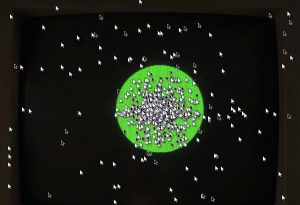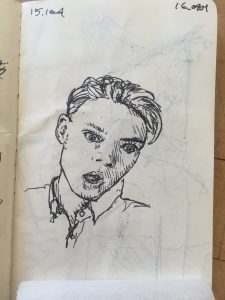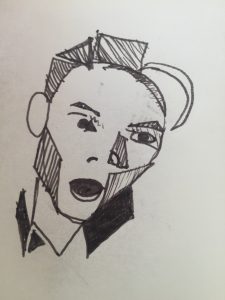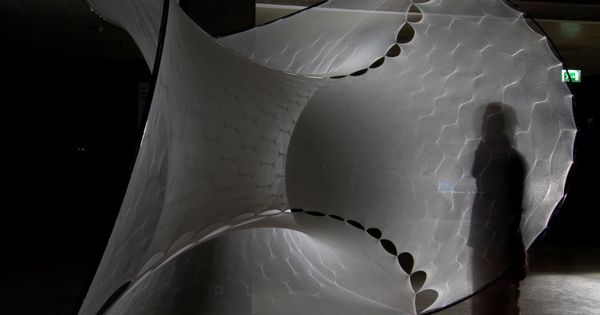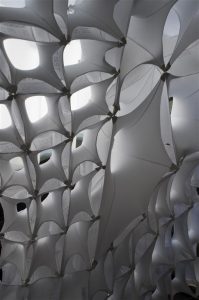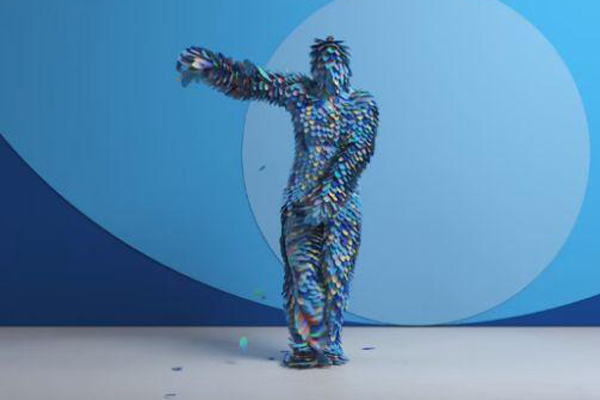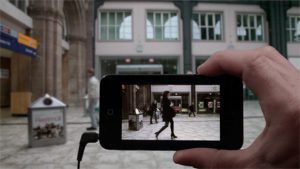sketch
function setup() {
createCanvas(600, 600);
}
function draw() {
background(245,198,213);
fill(202,148,92);
stroke(202,148,92);
strokeWeight(3);
rect(136.3,246,170,300); //hair rectangle left
ellipse(250,235,227,220); //hair blob left
rect(300,271,172,300); //hair rectangle right
ellipse(338,255,270,300); //hair blob right
fill(255,72,100);
stroke(255,72,100);
strokeWeight(5);
rect(230,450,138,200); //neck
rect(89.7,555,421.7,100); //main shoulder block
ellipse(200,550,219,100); //shoulder hump left
ellipse(403,551.4,218,100); //shoulder hump right
fill(255,226,206);
stroke(255,226,206); //outline for all circles in face
strokeWeight(4);
ellipse(300,300,275,350);
fill(255,226,206); //ear fill
ellipse(162,300,50,75); //left ear
ellipse(440,300,50,75); //right ear
fill(255,193,193); //cheek color
ellipse(226,340,90,90); //left cheek
ellipse(375,340,90,90); //right cheek
fill(255,226,206); //chin color - same as skintone
ellipse(300,425,115,115); //chin circle
fill(202,148,92);
quad(200,245,215,230,260,230,280,245);
quad(320,245,345,230,390,230,402,245);
fill(202,148,92);
stroke(202,148,92);
strokeWeight(3);
triangle(274,126,360,111,455,265);
triangle(155,179,163,258,268,127);
fill(255); //eyeball white fill
stroke(255);
strokeWeight(4);
ellipse(240,268,50,25);
ellipse(360,268,50,25);
fill(83,75,44); //eye line
stroke(255,226,206);
strokeWeight(.5);
ellipse(240,284,60,17);
ellipse(360,284,60,17);
stroke(0,129,172);
strokeWeight(4);
ellipse(241,270,20,20); //eye circle little
ellipse(360,270,20,20);
fill(255,226,206);
stroke(255,226,206);
strokeWeight(3);
ellipse(240,287,60,10);
ellipse(360,287,60,10);
fill(202,148,92);
stroke(202,148,92);
strokeWeight(3);
fill(255,196,170);
stroke(255,196,170);
strokeWeight(3);
triangle(280,375,300,300,320,375); //nose
fill(202,148,118); //nostril fill
stroke(255,196,170);
strokeWeight(6);
ellipse(315,370,14,14); //right nostril
ellipse(285,370,14,14); //left nostril
fill(255,70,105);
stroke(255,70,105);
strokeWeight(3);
ellipse(285,410,33,25); //lip bud
ellipse(315,410,33,25); //lip bud
fill(250,124,139);
stroke(250,124,139);
strokeWeight(3);
quad(268,410,275,425,325,425,332,410); //bottom lip
fill(232,172,96);
stroke(232,172,96);
strokeWeight(3);
ellipse(200,350,5,5);
ellipse(215,330,5,5);
ellipse(205,320,5,5);
ellipse(220,360,5,5);
ellipse(243,318,5,5);
ellipse(233,330,5,5);
ellipse(227,310,5,5);
ellipse(400,350,5,5);
ellipse(390,340,5,5);
ellipse(360,320,5,5);
ellipse(370,345,5,5);
ellipse(395,323,5,5);
ellipse(405,329,5,5);
fill(165,116,77);
stroke(165,116,77);
strokeWeight(5);
line(462,360,462,505); //start of right dark hair lines
line(450,385,450,501);
line(435,420,435,498);
line(420,435,420,498);
line(405,445,405,497);
line(390,455,390,497);
line(378,465,378,497);
line(145,360,145,503); //start of left dark hair lines
line(156,385,156,500);
line(170,420,170,496);
line(185,435,185,495);
line(198,445,198,495);
line(210,455,210,495);
line(220,465,220,496);
noLoop();
}
My goal from the beginning was to use the basic shapes in a way that would be interesting, rather than just boringly simple. I tried to stay within a color family of neutrals and pinks, and I mainly used ellipses for consistently round edges. My process was building upwards from the hair at the very back layer, to the face and the facial features, and finally some of the last detail elements like freckles and strands within the hair.
![[OLD – FALL 2016] 15-104 • COMPUTING for CREATIVE PRACTICE](../../../../wp-content/uploads/2020/08/stop-banner.png)
